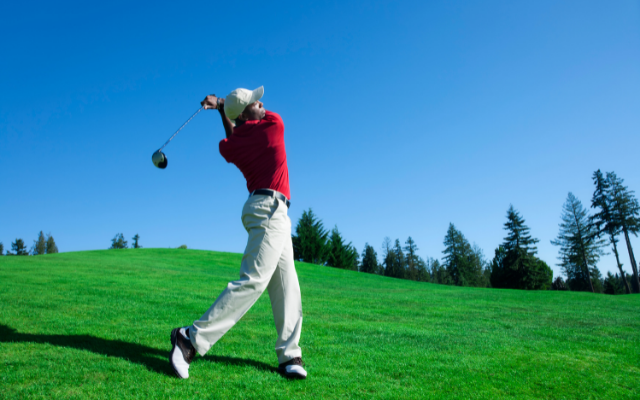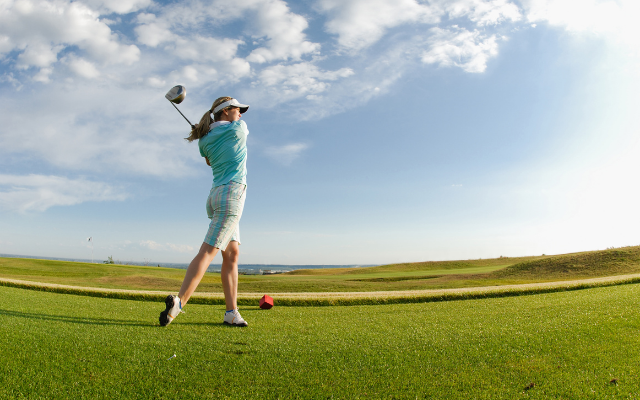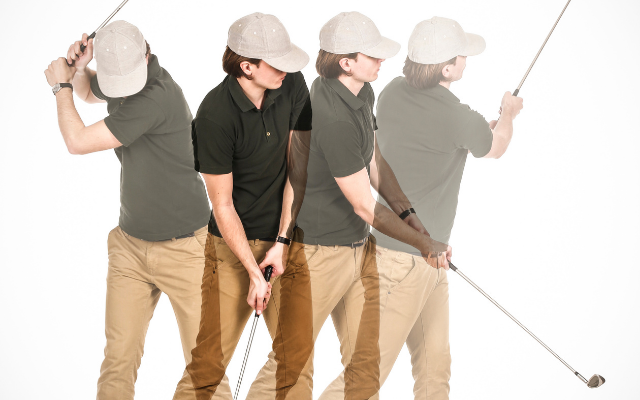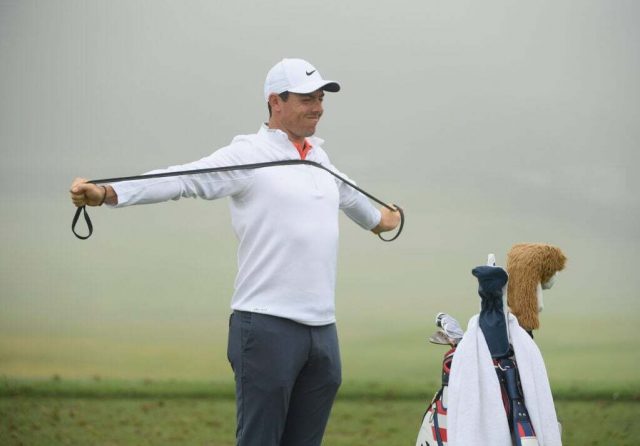By Stefan Angelucci, Chiropractor
If you’re living in Victoria, we understand the lockdowns may have been tough, but the good news is now we can get back to the community sports we love, one of those being GOLF! And no, this blog doesn’t just apply to all the Dads out there who think they are Tiger Woods on the golf course, this applies to everyone who loves to play the game.
We love to keep people happy, healthy, pain free and active so in this post we are going to go through some of the common injuries that affect the amateur golfer, explore how and why these happen and how you can go about preventing these from affecting you so that you are ready for the fairway!






